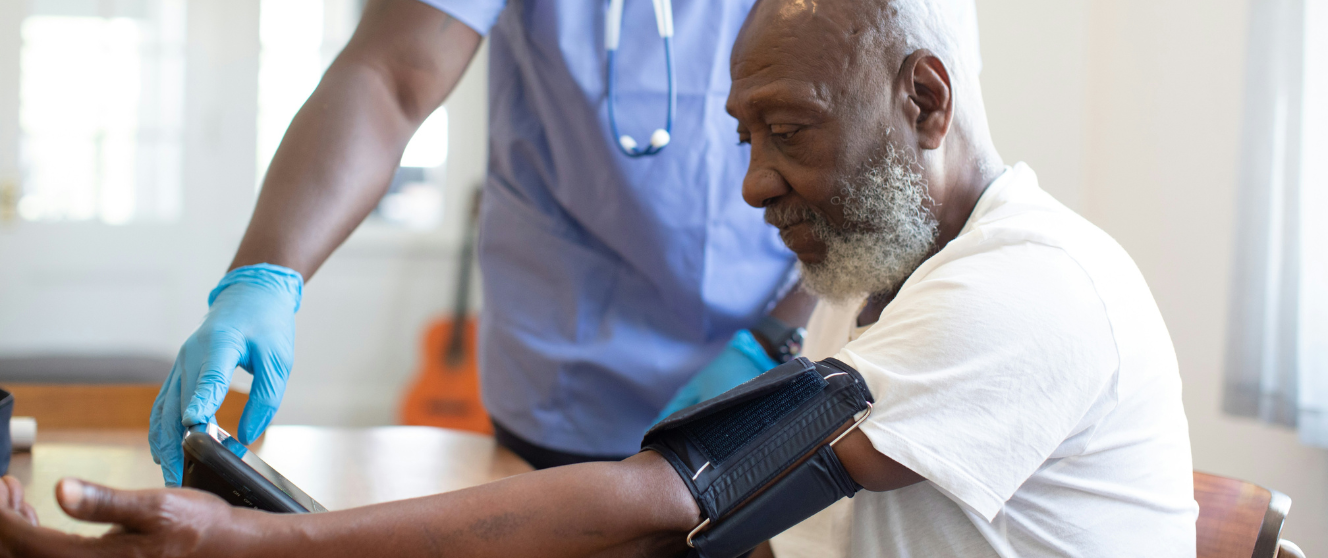
August 22, 2022
What is SSI?
Supplemental Security Income (SSI) is a Social Security Administration (SSA) program for disabled people and older adults who have little to no income and assets. Recipients younger than 65 must be unable to engage in “substantial gainful activity” due to disability. About 7.6 million people receive SSI.
SSI recipients receive a monthly cash benefit and Medicaid. Medicaid covers personal attendant care and other disability-related services and devices that private insurance does not cover. Many people with significant disabilities must have Medicaid to live in the community with supports instead of in institutional settings.
What is the cash benefit for an unmarried person receiving SSI?
The maximum federal amount for the cash benefit is $841 per month (in 2022).
The benefit goes down if the person has income that SSA counts. SSA subtracts the total amount of most “unearned” income from the benefit. Unearned income includes money other than wages, such as from a pension. For “earned” income from working, such as wages or tips, SSA subtracts about half, or one dollar for every two dollars earned. If the total monthly income subtracted by SSA equals $841 or more, the cash benefit goes to zero.
What happens if the cash benefit goes to zero?
If the cash benefit goes to zero due to income counted by SSA, then the person is no longer eligible for SSI. Losing SSI can mean losing Medicaid unless the SSI spouse can qualify for Medicaid another way.
What are the rules for assets for an unmarried person receiving SSI?
An unmarried person receiving SSI may not have more than $2,000 in assets that SSA counts. (SSA does not count all assets. For example, SSA does not count a car that the person uses for transportation or a home that the person lives in. SSA does not count most ABLE accounts.) If their assets go over $2,000, then they can lose their cash benefits and Medicaid.
What happens when two SSI recipients marry?
When two SSI recipients marry, their cash benefits go down and they have to follow rules about income and assets that are more strict than if they were not married.
25 Percent Lower Cash Benefit and Income Limits.
When two SSI recipients marry, their total monthly benefit goes down by 25 percent. Instead of each person receiving $841 or $1,682 together ($841 x 2), both people together receive $1,261 (or $630 per person). This means that the couple has 25 percent less money each month then they would if they were not married.
The lower cash benefit also lowers the monthly income that the couple can receive before their benefit goes to zero and both people can lose their cash benefits and potentially Medicaid. An unmarried person can still qualify for SSI if they earn less than $1,767. Two unmarried SSI recipients can earn a total of $3,532 ($1,766 x 2) and keep receiving SSI. But if two SSI recipients marry, they have to earn less than $2,607 to qualify for SSI. That means the income limit for two SSI recipients who marry is about 25 percent lower than for unmarried people.
25 Percent Lower Assets Limit.
If a married couple has more than $3,000 in countable assets, both spouses can lose SSI. The $3,000 couple asset limit is 25 percent lower than the $4,000 total assets ($2,000 x 2) allowed for two unmarried SSI recipients.
What is the impact of the 25 percent marriage penalties on SSI recipients?
Many SSI recipients cannot marry each other because of the 25 percent penalties. The law already requires people receiving SSI to have little to no income and assets, and more than 40 percent live below the federal poverty line. A 25 percent cut to benefits is substantial and can have harsh consequences on food, shelter, and other basic human needs.
People receiving SSI cannot easily make up for the cuts or leave the program. When two people in a relationship both receive SSI based on disability, each has shown a disability that prevents them from engaging in “substantial gainful activity.”
People with disabilities are much less likely to marry than people without disabilities, and SSA marriage rules are one reason. It is too risky for many people who rely on SSI and Medicaid to marry.
Is there any way to change the law to give marriage equality to people who receive SSI?
The Supplemental Security Income Restoration Act, S.2065 (Sen. Sherrod Brown, D-OH), would eliminate the 25 percent marriage penalty.
Related legislation includes:
- S.4102, which would allow an unmarried person to have up to $10,000 in assets and a married couple to have up to $20,000.
- H.R.761, which would end consideration of a spouse’s income and assets and disregard marital status for SSI recipients with intellectual and developmental disabilities.
Sources:
42 U.S. Code § 1382(b)(1), (2)
42 U.S. Code § 1382(a)(1)(B), (a)(3)(B)
42 U.S. Code § 1382(a)(2)(B), (a)(3)(A)
ORDP & OISP, “Supplemental Security Income (SSI) Overview,” The United States Social Security Administration (2022).
“SSI Monthly Statistics, May 2022,” The United States Social Security Administration (2022).
ORDP & OISP, “Supplemental Security Income (SSI) Benefits,” The United States Social Security Administration (2022).
ORDP & OISP, “Supplemental Security Income (SSI) Resources,” The United States Social Security Administration (2022).
United States Social Security Administration, “Update,” Publication No. 05-10003 (January 2022).
Michelle Stegman Bailey & Jeffrey Hemmeter, “Characteristics of Noninstitutionalized DI and SSI Program Participants, 2013 Update,” The United States Social Security Administration (2015).
Maryhelen D. Macinnes, Altar-Bound? The Effect of Disability on the Hazard of Entry into a First Marriage.
Philip Cohen, Marriage rates among people with disabilities, Council on Contemporary Families, 2014.

